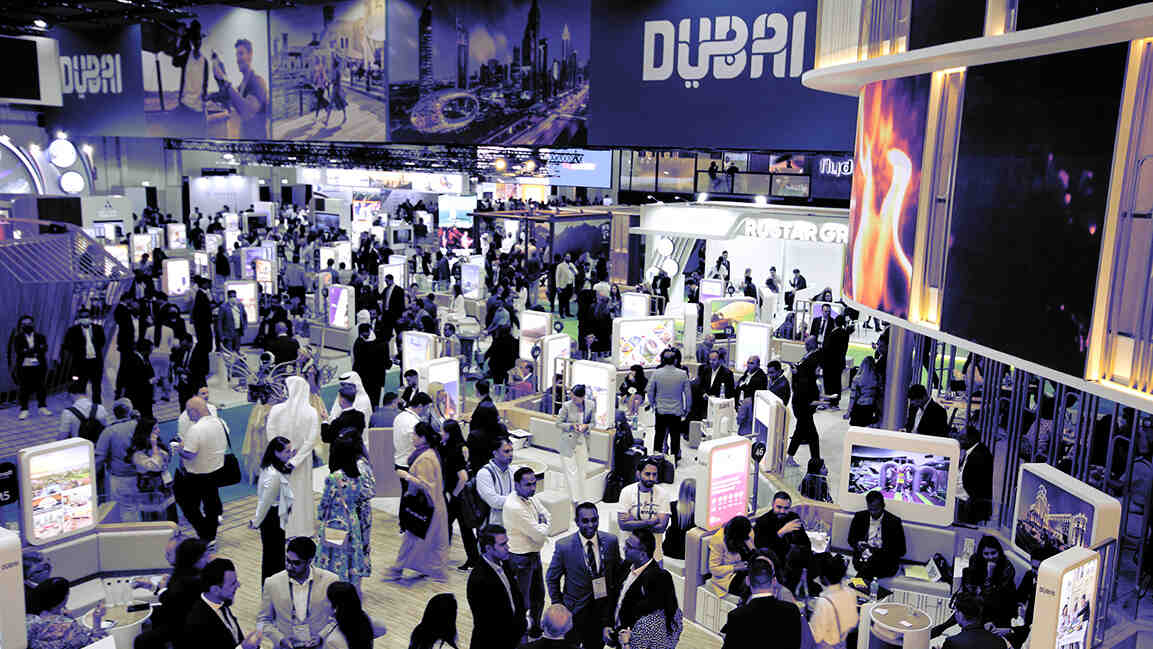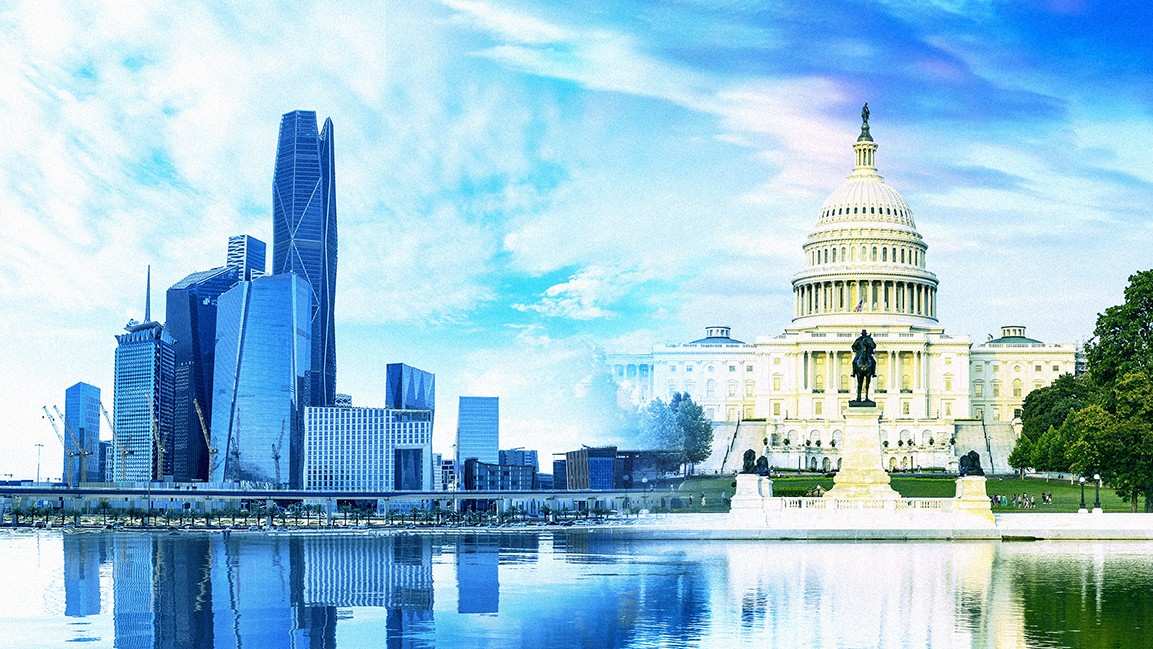- | 2:00 pm
How Arabian Travel Market is confronting the complexities of modern travel
Leaders highlight emerging trends, regional dynamics, and infrastructure pressures ahead of 32nd edition in Dubai.

With the 32nd edition of the Arabian Travel Market (ATM) set to return to Dubai next week, industry leaders are gathering to discuss the evolving trends and challenges shaping the future of travel.
“ATM has played a role in shaping travel trends and business development across regions for more than three decades,” Jonathan Heastie, Portfolio Director at Reed Exhibitions, said at a press conference for ATM. “But we’re seeing shifts in traveler behavior, economic pressures in key source markets, and new demands that require more than just large-scale exhibitions—they require critical conversations.”
Heastie also cited RX’s latest Global Travel Trends Report, which highlighted the growing influence of Asia’s middle class, the increasing importance of sustainability, and the rise of personalization in travel. However, he noted that infrastructure, regulation, and political stability in emerging markets remain significant barriers, even as outbound travel, particularly from China and India, continues to rise.
Danielle Curtis, Exhibition Director for ATM, confirmed that this year’s event will be the largest to date. Yet, she emphasized that size is not the true measure of success. “We’re seeing record-breaking interest with over 55,000 attendees expected, but the real value lies in the depth of conversation and quality of engagement,” Curtis said. She further explained that the theme of this year’s ATM, “Developing Tomorrow’s Tourism through Enhanced Connectivity,” highlights the need to overcome fragmented systems and underdeveloped infrastructure to drive progress.
Curtis also pointed to Asia as the fastest-growing region at ATM 2025, driven by improved regional air routes and government-to-government initiatives. She highlighted, however, the need to address investment imbalances, particularly in regions such as Africa and parts of Latin America.
Issam Kazim, CEO of Dubai’s Department of Tourism & Commerce Marketing (DTCM), highlighted Dubai’s strong visitor numbers—18.7 million in 2024—but acknowledged the ongoing pressures of sustaining growth. “Sustaining these numbers means we need to adapt constantly, including understanding how travelers are changing,” Kazim said. “Length of stay is improving, but service, value, and authenticity expectations are evolving rapidly. And that puts pressure on tourism boards and infrastructure, hospitality, and transport sectors.”
He also emphasized that while Dubai’s central location is an advantage, the city must put in more effort to retain visitors for longer periods and compete with other global hubs investing in immersive travel experiences.
Adnan Kazim, Deputy President and COO of Emirates Airlines, discussed Emirates’ network and fleet expansion. “We’ve reached 150 destinations and added several new routes, but it’s clear the aviation industry remains sensitive to global economic fluctuations, fuel prices, and operational challenges,” he said. “While our Premium Economy rollout is progressing, it’s a long-term strategy—we’re still playing catch-up in some areas.”
Kazim added that while Emirates plays a significant role in Dubai’s economy, sustaining this growth will require a continued focus on partnerships, sustainability, and enhancing the passenger experience amid increasing competition from global carriers.
Haitham Mattar, CEO of IHG Hotels & Resorts, reflected on Dubai’s growth and urged realistic expectations. “Dubai has never lacked ambition, but it’s important we don’t overlook how demand shifts—especially among younger travelers—could outpace our traditional models,” Mattar said. “We’re launching new brands and expanding, but oversupply is a risk if we don’t align closely with consumer behavior and economic trends.”
Mattar highlighted IHG’s 10-year sustainability initiative, Journey to Tomorrow, as a framework for long-term growth. However, he acknowledged that industry-wide change remains uneven. He also noted growing disparities in service expectations between Dubai and many Western markets, which, while advantageous locally, could pose challenges when scaling elsewhere.
Despite the cautious optimism expressed by all speakers, one recurring theme emerged: connectivity and collaboration will be crucial for the future of the global travel sector. Whether through regional partnerships, technological innovation, or updated visa and transport policies, the sector is aiming for ambitious growth, but not without its challenges.































